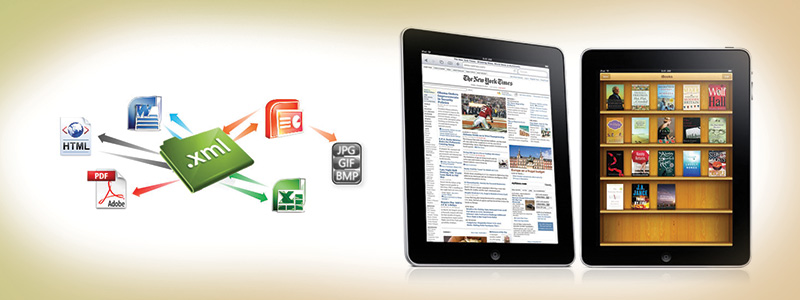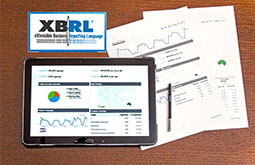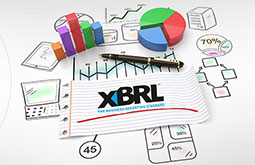Why Is XML Conversion is Important for eBook Formatting?
eBooks will soon be replacing the books in print. The main reason being the growing popularity of digital platforms. Along with the ease of reading they give. Seeing the potential of eBooks, many marketers now take interest in eBook conversion.
If your business needs eBook formatting, converting the document into XML format is your best bet. This process is in huge demand because of many genuine reasons. Two of them being flexibility and scalability. XML conversion is affordable and one of the most effective means for publishing data on the web.
Besides, handling and controlling is easier along with archiving and retrieving.
In this article, we will offer detailed insight on:
- XML data conversion language
- The different file formats it supports
- XML conversion features, and,
- How XML conversion benefits businesses related to the ePublishing domain.

What is XML conversion?
XML conversion is the digital process of converting data in one format into an XML format. The word XML stands for Extensible Markup Language. XML offers compatibility with almost every device and web application. It is one of the most favored data conversion languages and is used by businesses. Marketers use the language to transform their data into varied formats.
It makes the documents reader-friendly and organizes it in a systematic format. This helps in easy promotion and reliable information sharing across online/offline networks. The converted data is compiled, and stored in a structured way. Businesses can maintain a huge database of information and make it reusable and presentable.
The different file formats that supports XML conversion include -
- XHTML
- Doc
- Access
- Excel
- Text
- HTML
- SGML
5 Factors which makes XML conversion a preferred data conversion language
Extensible Markup Language is derived from Standard Generalized Markup Language (SGML). It can effectively create various document formats like:
- and more.
XML is not a markup language, still it has a wider application than other formats. This is due to its versatile, user-friendly features. This is the reason why many businesses adopt XML conversion and outsource it to experts. This mostly includes publication, business data and documents, or other eBook formatting needs.
Now, let’s check the factors that make XML a preferred data conversion languages. Along with that, we will also know why XML conversion is so popular these days.
-
Separate data storage
Through conversion, you can store data in separate files and segregate the content from HTML or CSS. It can be further used to manage the content style and display with the help of stylesheets.
-
Easy to manipulate content
The conversion also helps in easy modification of content. This means one doesn't have to make changes in the display code for modifying the data. In HTML, you need to put extra effort into it.
-
Boosts interactivity
XML files can boost interactivity. Because it is compatible with the incorporation of various multimedia elements like:
- Images
- Audios
- Videos
- Animations
- GIFs
- and more.
Along with these, XML is also compatible with active components like ActiveX or Java applets.
-
Defining custom tags
Unlike HTML, XML allows you to define custom tags and new elements as per their choice. Users can also manipulate the occurrence order and display.
-
Improved search efficiency
XML conversion results in an organized data. Thus, users can compare documents and combine each element in the content. This significantly helps in effective data mining and better search efficiency.
Can entrusting experts be profitable?
When it comes to the XML conversion process, you have two options. Pick any of the free or premium software available over the web. Or outsource your requirements to the professionals.
Choosing the former is best recommended because compromising with valuable business erroneous. Most importantly, you can keep your budgets in check entrusting your data in the hands of the experts.
There are many issues when you use random free software available online. Since these free tools don't guarantee quality and precision required for business data. Compensating this flaw by buying more tools is also not a workable option.
One must also have a thorough domain knowledge and experience to use the tools. Without domain expertise, carrying out the conversion process will be tough.
The latter option is somewhat easier. Which is, outsourcing to a reliable agency offering XML conversion services.
These professionals have skilled experts with years of experience and domain knowledge. They are fluent in using the latest software and tools for a flawless conversion process. Thus, teaming up with an external team can guarantee quality and peace of mind to you.
Besides, outsourcing to the XML conversion companies in is too common these days. The main factors behind this are the benefits received from the external teams. Such as:
- Cost-effectiveness
- Time-saving, and,
- Access to experienced personnel.
Conclusion
So, collaborate with an expert external agency today and offshore your XML conversion requirements to them. Soon you will see the visible results in your ROI with an improved information delivery system.




